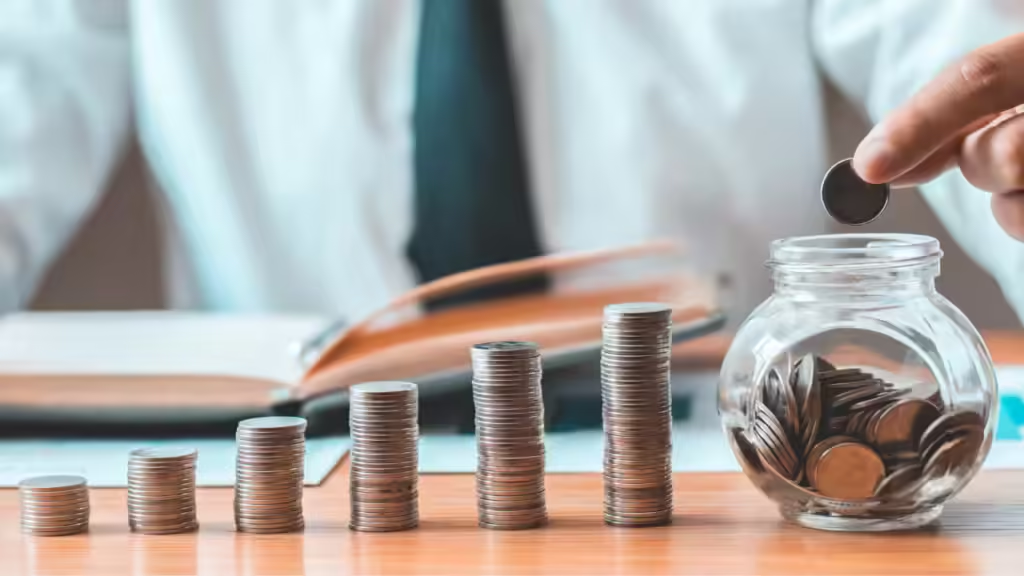In Singapore, saving with a fixed deposit is considered a safe and secure method, where the returns are almost guaranteed. While it may not be the most exciting or high-yield investment, it’s a steady way to grow savings. In context, while the return on a fixed deposit isn’t dramatically higher than holding cash, the safety it offers is akin to cash in hand. You can count on it. It’s a way to ensure your money is secure, with the promise of earning more than keeping your cash in a mutual fund that might yield higher returns, but only over the long term—and with more risk.
Fixed Deposit Rates in 2024
As of 2024, fd Singapore ranged from 1.5% to 3.5% annually, depending on the bank, deposit amount, and tenure. Savings account interest rates, in comparison, still hover slightly above 0%. For example, savings accounts at DBS and UOB offer interest rates of 0.1% and 0.15%, respectively. Meanwhile, DBS’s promotional fixed deposit rates in October 2023 were as high as 3.3% for 12 months, 3.25% for 6 months, and 3% for 3 months. In contrast, major banks in the U.S., such as Bank of America and Wells Fargo, offer figures in the 0.05% to 0.10% range for their savings accounts.
Factors Affecting Fixed Deposit Rates
Two primary factors determine the rate of return on a fixed deposit: tenure (the length of time) and the deposit amount (the principal). Generally, longer tenures yield higher interest rates, as banks compensate you for leaving your money untouched for a longer period. For instance, a 12-month tenure may provide a return of around 1.5%, while a 24-month fixed deposit might return 2.0% or more.
Influence of Monetary Policy on Fixed Deposits
Singapore’s central bank, the Monetary Authority of Singapore (MAS), sets the country’s monetary policy, which profoundly affects fixed deposit rates. When MAS tightens its monetary policy to curb inflation, interest rates—including those for fixed deposits—rise. Conversely, when MAS loosens policy to stimulate the economy, rates tend to fall. In times of higher inflation, fixed deposit rates generally increase, while periods of low inflation bring less enticing returns.
Comparing Fixed Deposits to Other Investment Options
While fixed deposit rates in Singapore are higher than savings accounts, they pale in comparison to other investments. For instance, the Singapore Savings Bonds (SSBs) offer an average return of around 2.8% to 3.5% over a 10-year horizon, along with more flexibility in withdrawals than fixed deposits. Despite this, the primary merit of fixed deposits is their guaranteed safety, making them a safer place for capital in today’s market.
Who Should Consider Fixed Deposits?
Fixed deposits are ideal for conservative investors prioritising capital preservation over high returns. However, due to their lower interest rates, they aren’t suitable for individuals with long-term savings goals. Over the course of a decade, the modest growth of a fixed deposit will likely lag behind inflation. However, for retirees or near-retirees who need access to funds within the next one to three years, or for those saving for short-term goals, fixed deposits offer a secure, risk-free option.
Fixed deposit rates in Singapore provide an assured, low-risk method for modest returns. The rates, which hover between 1.5% and 3.5%, are better than those of standard savings accounts, though hardly exciting in an era of low interest rates. Nonetheless, for those seeking safety over spectacle, a fixed deposit offers peace of mind—a safe harbour in unpredictable financial waters.







